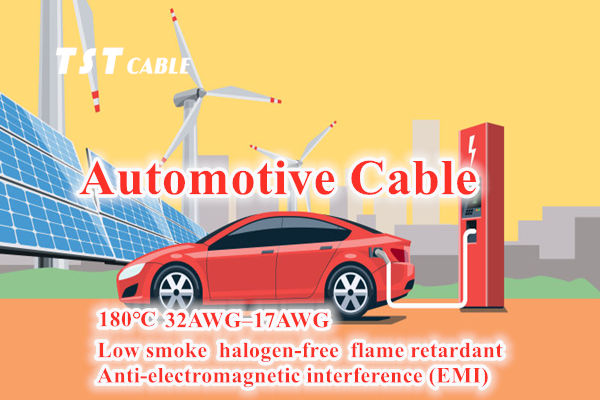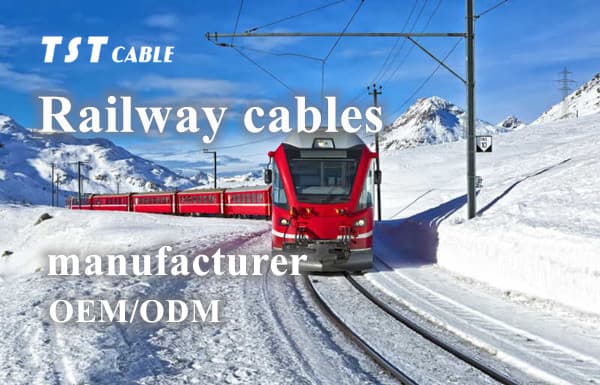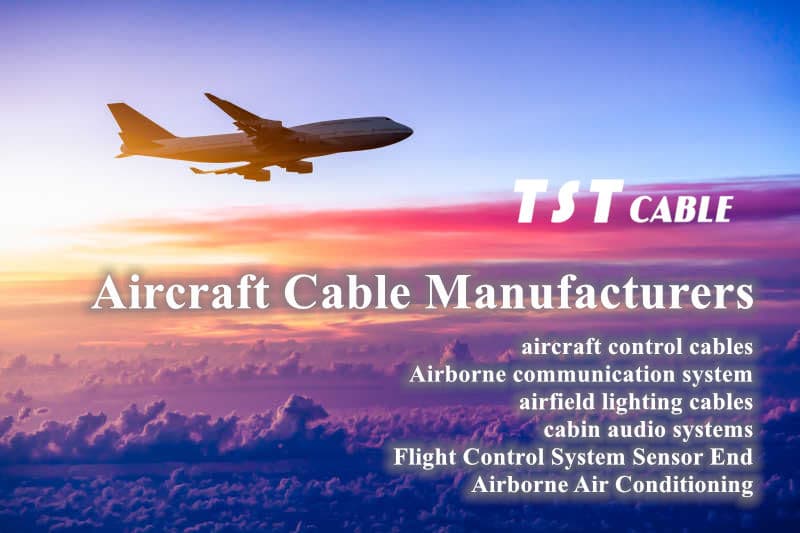With the growing global demand for renewable energy, the development of new energy vehicles has become a hot topic around the world. Against this background, liquid-cooled supercharging cables, as a new generation of supercharging solutions, are gradually expanding their scope of application.

What is liquid-cooled supercharging?
Liquid-cooled supercharging is to set up a special liquid circulation channel between the cable and the charging gun, add liquid coolant for heat dissipation in the channel, and promote the circulation of the coolant through a power pump, so as to bring out the heat generated during the charging process and reduce the cable temperature. Compared with the traditional air cooling system, the liquid cooling system has more sufficient cooling performance and is more efficient, which greatly improves the working efficiency and life of the charging system.
New Energy Liquid-Cooled DC Charging Cable
The rapid development of liquid-cooled supercharging technology and the exponential growth of charging efficiency have greatly promoted the development of the new energy electric vehicle industry. This progress is mainly due to the widespread application of new energy liquid-cooled DC charging cables. New energy liquid-cooled DC charging cables have cooling tubes inside to transmit the heat generated by the high-speed charging system, efficiently reduce the cable temperature, and avoid safety hazards.
Liquid-cooled cables seem mysterious to outsiders, but they are actually divided into two main categories, namely immersion and isolation. If we further subdivide them, there will be four structures:
Four structures of liquid-cooled cables
Liquid-cooled cables are designed and constructed to effectively manage and control the heat of the cable during high-power transmission to ensure safety and performance. The following are four common structural types of liquid-cooled cables:
Central cooling tube structure:
In this design, the liquid-cooled cable contains a cooling tube located in the center of the cable. The conductor, insulation layer and other components are arranged around this cooling tube. The coolant circulates through the central cooling tube and directly contacts the heat generation points inside the cable, thereby efficiently removing heat.
Surround cooling structure:
In the surround cooling structure, the channel or pipe of the coolant is designed to surround the conductor and insulation layer of the cable. This structure ensures full contact between the coolant and the core part of the cable, improving the heat dissipation efficiency.
Separated cooling structure:
The separated structure divides the cable into several independent cooling sections, each with its own cooling channel. This design is suitable for situations where independent cooling is required in multiple parts of the cable, such as in special applications where the cable is long or targeted cooling is required.
Composite cooling structure:
The composite cooling structure combines the characteristics of the above-mentioned cooling methods, which may be a combination of central cooling pipes and surround cooling, or the integration of multiple separated cooling sections. This design provides a more flexible and comprehensive thermal management solution for complex and high-power demand scenarios.
Each structure has its specific advantages and applicable scenarios. The choice of which structure depends on the specific application requirements of the cable, including power level, cooling efficiency, cable size and cost. The design and optimization of liquid-cooled cables is a comprehensive engineering problem involving materials science, fluid mechanics and thermodynamics, which requires precise calculations and experimental verification to ensure its performance and reliability.
According to authoritative organizations, by 2026, the domestic liquid-cooled supercharging market size is expected to reach 8.73 billion yuan, and its compound annual growth rate (CAGR) is expected to reach 120.6%. However, compared with traditional cables, new energy liquid-cooled DC charging cables have more stringent technical requirements and more complex production processes, especially the sealing process of the coolant and its tear and explosion resistance.
TST cables, a manufacturer of new energy liquid-cooled charging cables
Due to strict technical requirements, there are few manufacturers that have the ability to develop and produce new energy liquid-cooled DC charging cables. Among them, Shenzhen TST cables (Testeck) Cable Co., Ltd. is one of the earliest manufacturers in China to develop and produce new energy vehicle cables.
For super charging cables, there is still no authoritative standard to follow, but as a well-known special rail transit cable manufacturer in Shenzhen, such an innovative private enterprise has established a new energy business department as early as 2010, focusing on the research and development and production of new energy cables, and exploring new energy power system solutions around new energy application fields such as rail transit, new energy vehicles, wind power generation, nuclear power generation, and energy storage.
TST CABLES divides key technologies into structural layout, insulation design, thermal conductivity design, heat distribution design, signal line optimization, process design, filling sheath design, and appearance optimization, and carries out each detail project. Comprehensively and systematically solve technical application problems. Rather than just focusing on basic issues such as liquid cooling tubes or current carrying capacity. The products that TST CABLES needs to launch must be solutions that can be used stably and efficiently by users.
At the same time, liquid-cooled cable is a systematic project, which not only needs to pay attention to the cable itself, but also involves the client from the user end. We need to work together to develop, understand and be familiar with the use of coolant, understand the connection of charging guns, identify the user’s working conditions, anticipate the new requirements for cables put forward by various considerable and artificial use conditions, and give the most reasonable suggestions to our downstream enterprises, preferably to form industry standards and promote the development of the industry.
In the future, as a new type of new energy cable with broad application prospects, new energy liquid-cooled DC charging cable has obvious advantages in improving charging efficiency, enhancing safety performance, and extending cable life, and will play an increasingly important role in the field of new energy vehicle charging. Moreover, with the continuous advancement of technology and the continuous expansion of the market, it is believed that liquid-cooled DC charging cable technology will also better meet the needs of users and promote the sustainable and healthy development of new energy vehicles.
TST cables has rich experience in the automotive charging pile cable industry. The liquid-cooled charging gun cable product technology covers oil-cooled and water-cooled charging gun cables, which can meet the requirements of car companies. In addition, TST cables liquid-cooled charging gun products have passed multiple tests such as high temperature resistance, explosion resistance, and corrosion resistance, which can solve the charging problem for customers. Liquid-cooled charging gun cables effectively control the temperature rise during the charging process, reduce the safety hazards caused by overheating, and enhance the stability and reliability of the charging process. As one of the suppliers of liquid-cooled charging gun cables, TST cables aims to provide users with more excellent charging solutions and promote the healthy development of the electric vehicle industry. If you have any needs for new energy vehicle charging cables, liquid-cooled charging pile cables, or want to apply for a free sample order, please contact us by email, phone, or WhatsApp. Choosing TST cables’ liquid-cooled charging gun cables is not only choosing a high-quality product, but also choosing a reliable partner. For more information about high-temperature cables and automotive cables, please visit TST cables’ official website.
Also available in:
English




